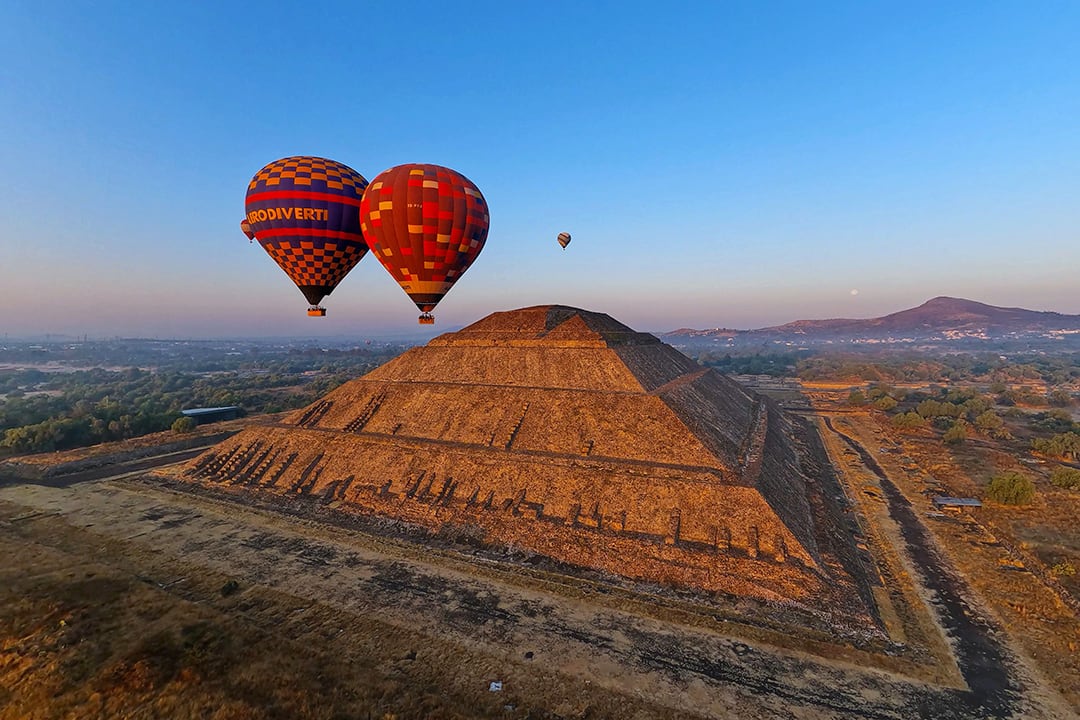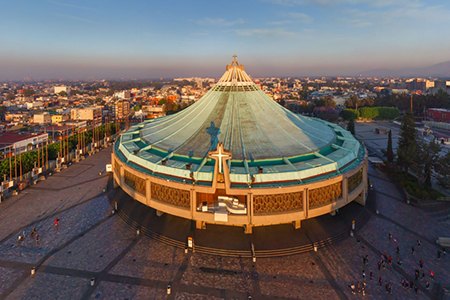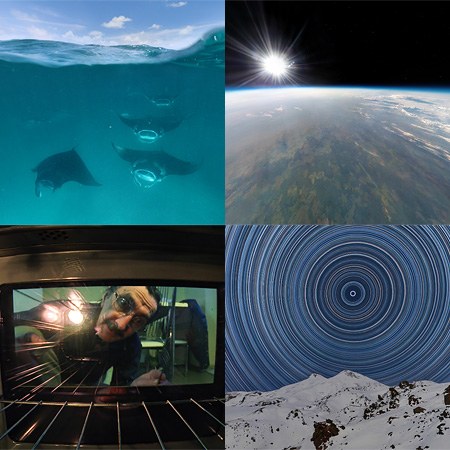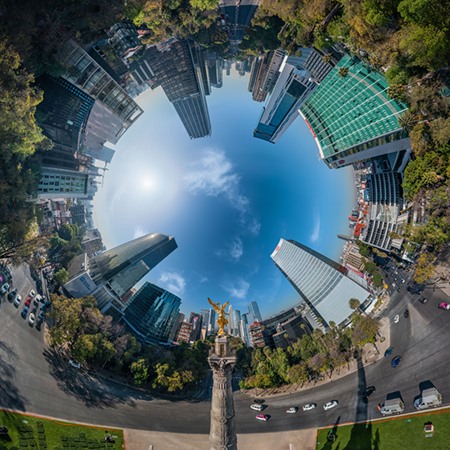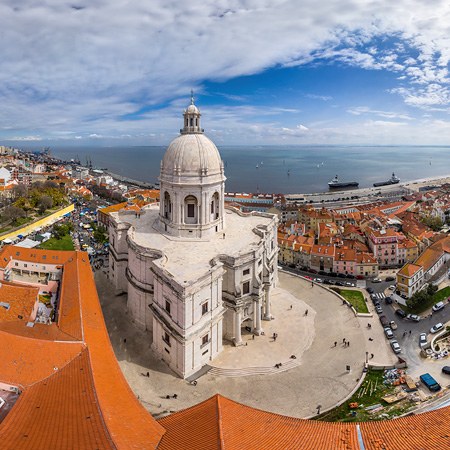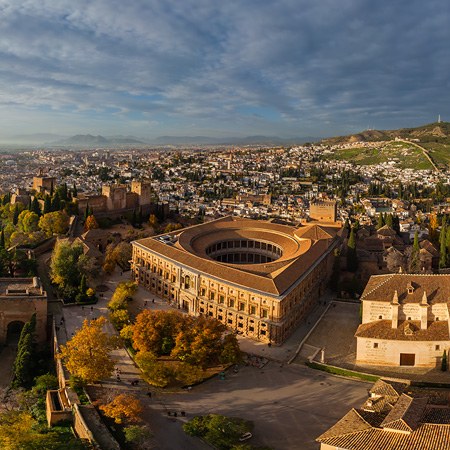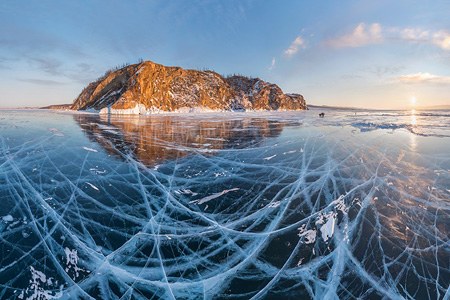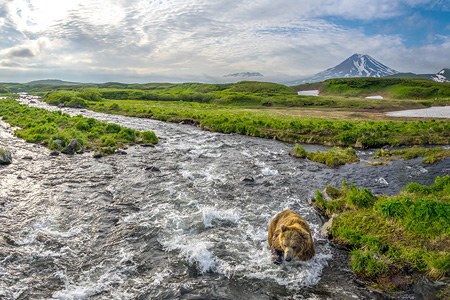Pit Cenote, Mexico
The representatives of the ancient Maya civilization definitely had the knowledge of how to enter the kingdom of the Dead: according to their mythology, every time when a part of a limestone cave hiding the groundwaters collapsed, the gates to the other world appeared. This hole filled with water is named "cenote" (ts'onot — "a well").
One of the most famous cenotes is located near Chichen Itza. This cenote is commonly known as the "Sacred Cenote": in ancient times Maya people sacrificed objects and human beings into this 60 meters wide hole as a form of worship of gods.

Nowadays cenotes attract the strong interest of speleologists, geologists and tourists, of course. The underwater world of these caves is absolutely incomparable! The caves of the Yucatán Peninsula are especially popular among divers. The local geological conditions made it possible to form a great number of grottos connected to each other. The most famous of them is the Dos Ojos system. This cave system is the third largest in the world: its total length measures 319 kilometres.
The deepest part of the Dos Ojos system is the Pit Cenote (El Pit): 119 meters. Only experienced divers are allowed to dive here and not to its full depth.

The bottom stratum of this giant "well" contains sulphur compounds, that's why the washing waters are rich with hydrogen sulphide. The upper layers of water are clean and transparent — you can easily see the incredible interiors of the caves, its vegetation and fish. But as you dive deeper, the water allows less and less light; and at the depth of 30 meters the light is totally replaced with thick sulphur clouds.

The way further lies through unusual "darkness": there is zero visibility due to the thick white fog. It feels like this fog lives its own life — it reflects our motions, shimming and glowing with different colours. All the people who visited the Pit describe their feeling as a "flight to outer space": diving to the depths of thick white clouds can be compared to the experience of weightlessness. That's when you may remember the story of the gates to another world: how else can they look like, if not like this?
And though AirPano panoramas will not allow you to experience all these feelings to the full, this kind of virtual diving will let you see these caves, even if you are not a professional diver.
Photos by Oleg Gaponyuk
2 September 2016
Read more
Photogallery Diver
Diver
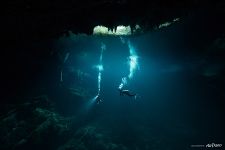 Cenote diving
Cenote diving
 Pit Cenote, Mexico
Pit Cenote, Mexico
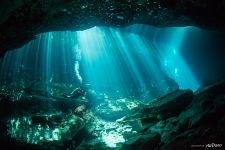 Cenote diving
Cenote diving
 Cenote, Mexico
Cenote, Mexico
 Underwater
Underwater
 Cenote diving
Cenote diving
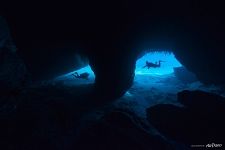 Cenote diving
Cenote diving
 Cenote, Mexico
Cenote, Mexico
 In cenote
In cenote
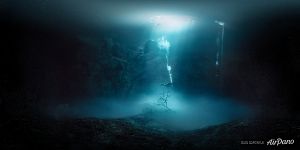 Panorama of Pit Cenote, Mexico
Panorama of Pit Cenote, Mexico
 Cenote, Mexico
Cenote, Mexico



